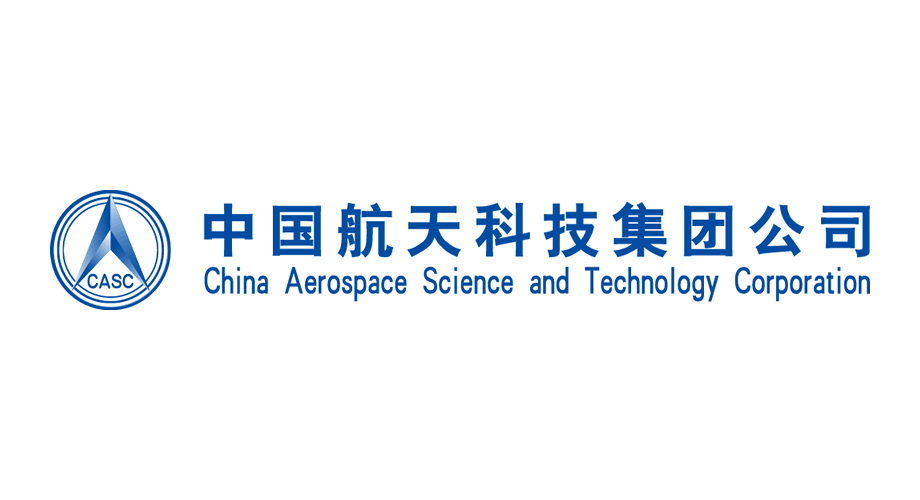Part 2 of 2 Parts (Please read Part 1)
Generally speaking, the major issues that will be challenges for any grand space program will involve the costs and technological capabilities. Currently, it is very expensive to launch a payload. It costs about ten thousand dollars to put a pound in orbit. This cost has got to be reduced significantly. Another issue is the development of reusable space launch vehicles. There are still important challenges that exist for cost-effective satellite launches to low, medium and geosynchronous orbits. It is proving to be a challenge just to maintain the International Space Station (ISS) for a few decades. The distance to the Moon is about a thousand times the distance from the Earth to the ISS. China has suggested a very ambition space program.
The Chinese space program began in the 1950s and by 1970, Chinese was considered a spacefaring nation. In 2000, 2006, 20011 and 2016, China produced white papers that outlined their current and future plans for space exploration and exploitation. These white papers state that China has three main areas of interest in terms of space exploration. Space-based navigation, space stations and interplanetary missions.
The Chinese BeiDou space navigation system demonstrates that China does have the ability to plan and carry out major space projects. China also has a robust manned space program. It plans to launch its own space station by the early 2020s. China has been carrying out lunar missions since 2007. From 2013 on, they have had lunar lander and rover missions. They have been having some problems with their work on a heavy lift launch vehicle.
Russia is known to have assisted China with their space program but now China is making significant technical progress with their domestic space programs. They are making major financial investments in their space initiatives. In addition to government space projects, Chinese private space industry is making major progress. There are more than a hundred Chinese companies participating in space projects. China has done very well in the development of their space sector in a short period of time.
Geopolitically, China has made significant progress in recent decades. Today, China is the second largest economy in the world. Its presence is being felt in economic, political, strategic and diplomatic sectors around the world. China is also involved in a variety of conflicts. They have disputes with several nations in the South China Sea. China refuses to recognize the authority of the tribunal created by the United Nations Convention on the Law of the Sea. It is obvious that China wants to dominate the ocean travel lanes where a lot of international trade moves. They are also interested in controlling the oil economy in southeast Asia.
China has built artificial islands in the South China Sea to provide space for major infrastructure development including military installations. The Belt and Road initiative is a huge Chinese project to provide loans for funding major infrastructure development across Asia, the Middle East and Africa.
It is important to consider these geopolitical ambitions of China when discussing their proposal for an Earth-Moon economic zone. It is possible that China is the only country in the world with the ambition, drive and technical capability to propose and carry out such a project. The U.S. may have the money and the technology but apparently does not have the ambition for such a huge project.
One very serious issue about this Chinese project is that if they proceed and make significant progress, that will position them to dictate a lot of the framework for future international economic cooperation in space exploration and exploitation. It is clear that China wants to dominate humanity’s expansion into space.
